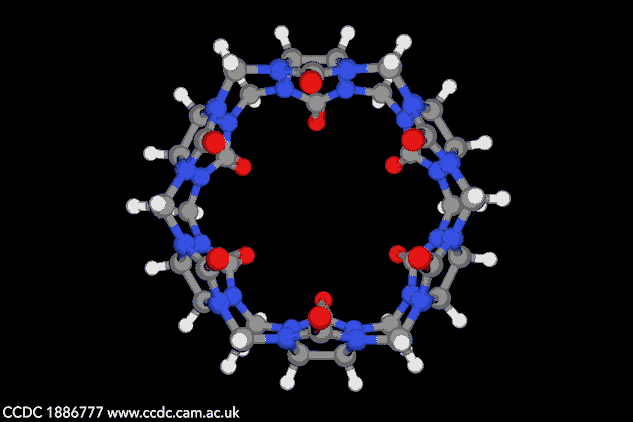Biomaterials and tissue engineering – Page 2
-
 Feature
Feature3D printing adds another dimension
Nina Notman learns how 4D printing is opening the door to unique smart materials whose applications may only be limited by our imaginations
-
 Research
ResearchWood made foldable and stronger than steel
Next-level modification sees natural material made into knives, nails and honeycomb structures that can carry the weight of a car
-
 Research
ResearchPolymerisation used to synthesise 2D material inside living cells
Sheets are larger than those cells can take up and the technique could find uses in imaging
-
 Research
ResearchHeavy metal proteins are the secret weapon in ant bites
Protein-rich biomaterials containing zinc, manganese, copper and bromine allow ants, crabs and scorpions to pack more punch for their size
-
 Research
ResearchSnake extract used to speed up haemostasis in new bioadhesive
Hydrogel-based bioadhesive could be suitable for arterial injuries
-
 Research
ResearchBamboo bats could beat traditional willow at affordable cricket
While bamboo bats break cricket traditions, it might make the sport more accessible to its growing fanbase
-
 Research
ResearchGreener plastic made from leftover fish guts and bones
Canadian researchers make a polyurethane-like polymer from oils
-
 Research
ResearchNew magnesium alloy shows exceptional corrosion resistance
Magnesium reaps big benefits from tiny amounts of calcium
-
 Research
ResearchConduit coated with bioink encourages damaged nerves to reconnect
New electro-conductive system is fully biodegradable
-
 Research
ResearchMoths draped in stealth acoustic cloak evade bat sonar
Two species have wing scales covered in a complex metamaterial
-
 Research
ResearchInorganic ‘sponge’ made from seafood waste
New form of calcite can absorb water as well as contaminants like oil and dyes
-
 Research
ResearchMicroscopy reveals mantis shrimp’s shock-absorbing secrets
Impact-resistant layer is a combination of stiff inorganic and soft organic material
-
 Article
ArticleEco-packaging solutions that begin and end their life cycle in the ground
Plant-based packaging that can be recycled or home-composted makes design for circularity a realistic goal
-
 Article
ArticleEngineering a green approach to analytical chemistry
Six decades of industry insight and research partnerships inform Waters’ green analytical chemistry
-
 Research
ResearchEngineered neurons synthesise their own conductive polymer coating
Cell-specific electric stimulation could help be used with bioelectronic prostheses or treat diseases like epilepsy
-
 Feature
FeatureCan smart biomaterials deliver?
James Mitchell Crow explores the next generation of therapeutic biomaterials, which aim to interact dynamically with the body and help to control diabetes and heal wounds
-
 Research
ResearchSecret of super-tough scales of giant Amazonian fish uncovered
Spiral-staircase structure prevents the scales being penetrated by piranhas
-
 Research
ResearchCryogenic properties could promote silkworm fibres into space exploration
Combination of intrinsic and extrinsic mechanisms allows silks to retain both toughness and ductility at extremely low temperatures
-
 RSC
RSCThe future of chemistry: Science Horizons and Chemistry Means Business
Hundreds of scientists contributed to the Royal Society of Chemistry’s Science Horizons report to build a picture of the challenges and opportunities the next generation will bring
-
 Research
ResearchNew way to create huge protein polymer chains
Strategy constructs synthetic protein polymers that weigh 0.5MDa